Question 1: Everything I am reading says to use additional light. Is that what you do?
Plenty of people do add additional light to their macro images, currently I am not one of those people. I recently bought a set of pocket wizards to give off camera flash a try for macro images but I haven't played with it enough to really be able to talk about it yet. That being said, no I don't think you need to use artificial light to get started in macro photography, or even to be really great at it. It is an option you can chose to play with, but I would say you can wait on it. After I get a bit more experienced with it myself I do play to dedicate a blog post or two on the topic.
I admit that it is much easier to work with natural/available light when you have a camera that can handle ISOs up to 3200 fairly easily. This image for example was shot at ISO 4000.
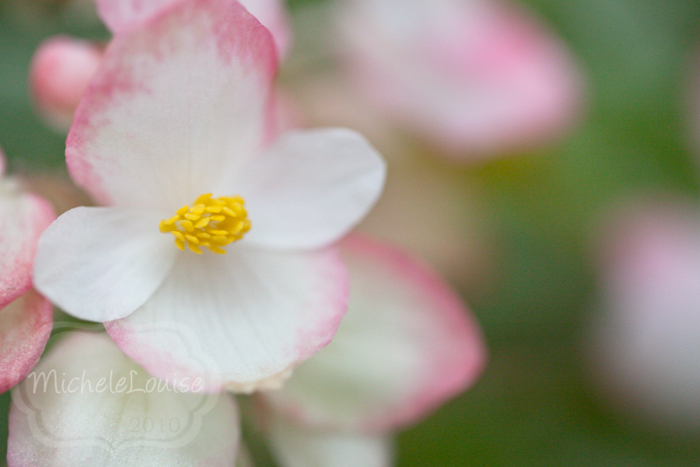
Having a lens with IS/VR also helps as well. The above image was shot at 1/100, which would have been a bit low with my non-IS 100mm macro for a tack sharp image. The following was shot at 1/60 and ISO 6400. It's an image that would not have been possible for me to shoot with my XT and my first macro lens.
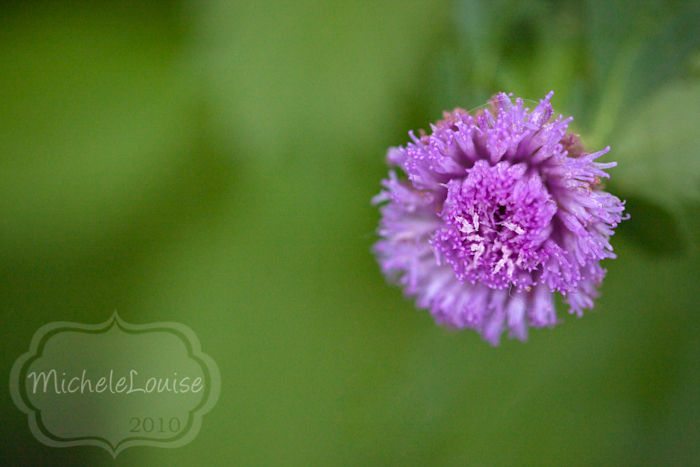
A tripod is a great option for making up for less light, assuming that the air is still enough to allow for longer shutter speeds. I will go over tripods in macro photography in another post.
Question 2: How do you light your subjects?
Type of Light
Similar to portraits the first thing to think about with lighting your macros is the type of the light. Is it direct/harsh or diffuse? I prefer to work with diffuse light when possible, the easiest place to find this is open shade.
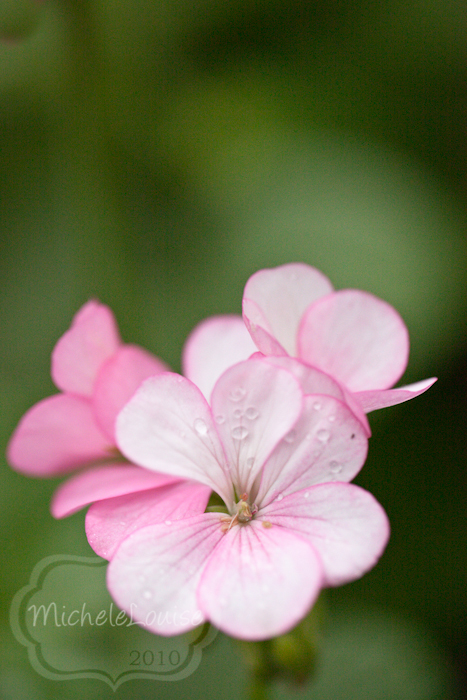
It provides nice soft even light, no harsh shadows, no really strong contrast.
Here is an example of harsher light
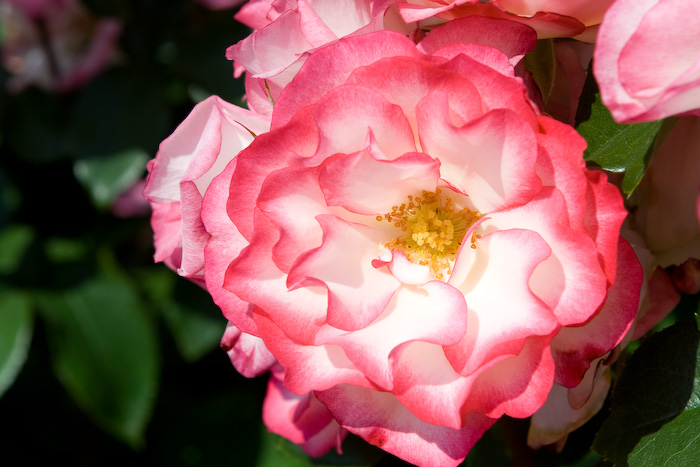
It can work sometimes (it isn't awful in this image, it does add to the dimension of the petals).
I don't think it is quite as successful here.
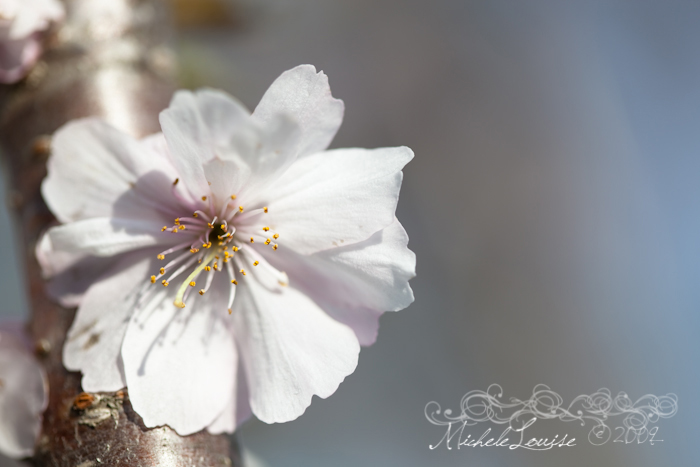
Using diffuse light allows you to avoid unattractive shadows and helps to prevent chromatic abberation when shooting wide open (which I do a lot) by not having really high contrast areas.
Direction of Light
Next you need to think about the direction of your light compared to what you are shooting and where you are shooting it from. Even diffuse light has a direction.

Can you see the direction of the light in this image? Upper left side of the image?
Sidelighting can add depth to an image
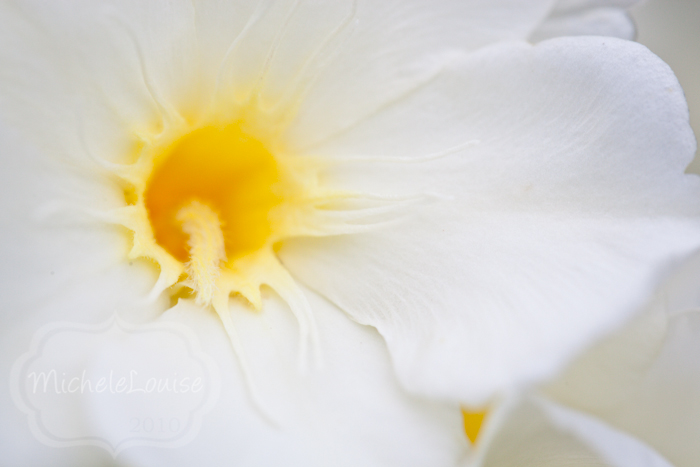
For flowers that have depth I try to find light that is shining into the depth so you don't just end up with a dark hole.
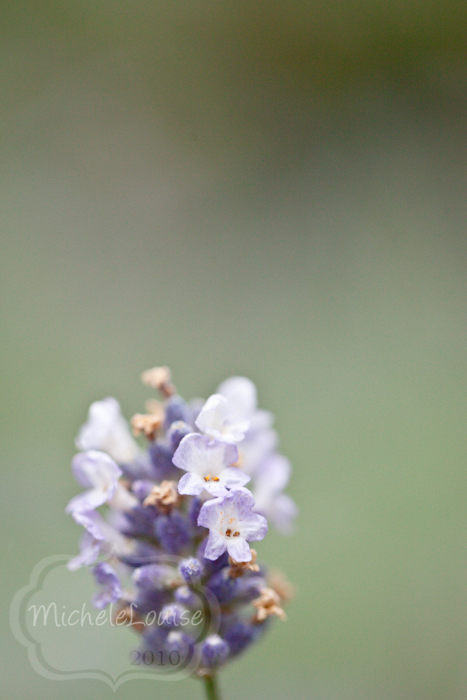
Another option is backlighting (this is a good one to keep in mind when you can't find diffuse light as well.
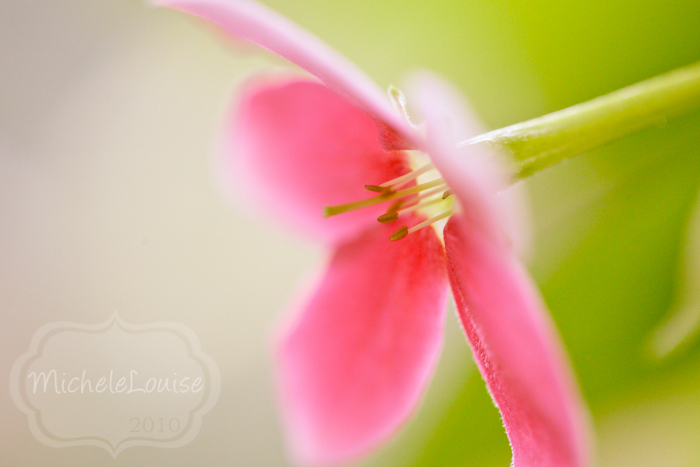
It will give you a nice glow around parts of the flower.
There is a lot more to talk about with regards to lighting, but that is a good start.

2 comments:
Thank you for all the Macro FAQ. I am reading and re-reading since I just got my 105mm f/2.8 VR Macro lens. I have no idea what I'm doing! Can you do a post on composition of macros? I just don't seem to know what angle to take the photos at in the way that I can see people and how to compose portraits.
Salina - I will definitely add that to my to write list! :)
Post a Comment